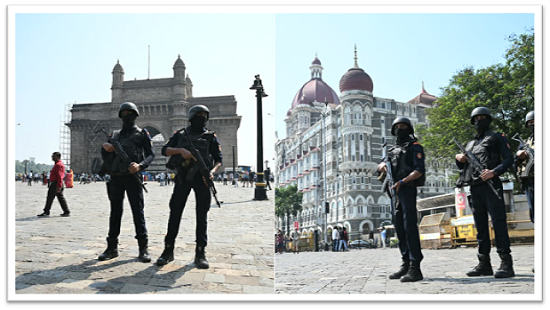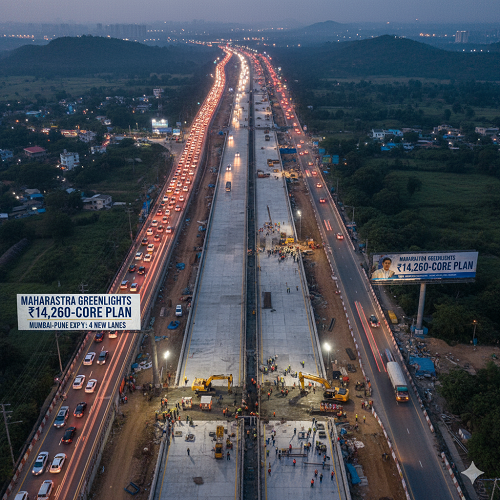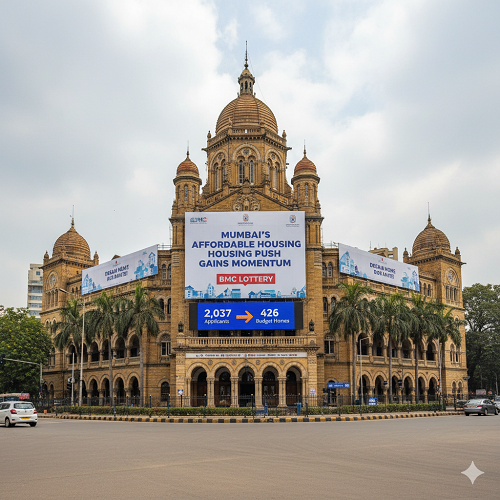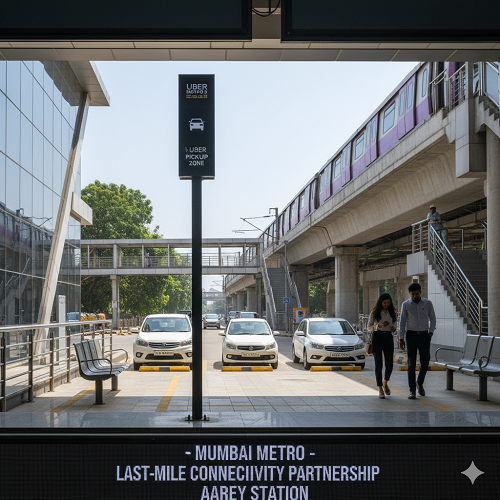
Mumbai Steps Up Security With Citywide Mock Drills After Delhi Blast as Police Strengthen Preparedness and Urge Public Vigilance
Mumbai entered a heightened security phase this weekend as police forces across the city conducted widespread mock drills in response to the recent blast in Delhi. The large-scale exercises, carried out in both South Mumbai and the suburbs, were designed to evaluate emergency readiness, stress-test communication systems, and strengthen inter-agency coordination. Although some residents initially mistook the drills for real incidents, the Mumbai Police quickly clarified that the activities formed part of a scheduled preparedness review.
The renewed emphasis on security comes at a time when major Indian metros continue to reassess response strategies for urban threats. Mumbai, with its dense population, strategic locations, and history of high-impact terror incidents, remains one of the most sensitive cities in the country. The decision to run extensive drills across multiple zones reflects a proactive approach rather than a reactive one.
The weekend drills brought together several agencies including coastal police units, specialised bomb squads, emergency medical teams, and rapid-response forces. As India’s financial capital, Mumbai depends on a security ecosystem that can operate under pressure, move quickly, and neutralise threats before they escalate. The exercises were conducted to simulate these exact conditions.
Multi-Zone Drills Conducted Across High Sensitivity Areas
The first operation was conducted in South Mumbai at Sasoon Dock, one of the city’s most strategic coastal points. The location is considered highly sensitive due to its proximity to naval facilities, commercial shipping routes, and crowded marketplaces. The mock drill included coastal police boats, land units, and emergency response teams working together to test detection, interception, and evacuation protocols.
On the same day, another major drill unfolded in Lokhandwala, Andheri, a dense residential and commercial subzone known for its high footfall. The scenario simulated the presence of suspicious individuals and unclaimed objects in a crowded area. Teams practiced cordoning off sections, carrying out searches, deploying sniffer units, and coordinating internal communication channels.
Police officials confirmed that similar operations were executed independently across multiple police zones. Each zone was asked to identify vulnerable spots such as malls, markets, transport hubs, religious structures, and busy streets. This decentralised model ensured that every division evaluated its preparedness rather than relying on central drills alone.
Within a few hours, the city saw several drills running simultaneously. Vehicle checks, rapid verification of suspicious persons, mock IED detection operations, and emergency team activations were all part of the coordinated effort. These drills also tested the ability of different units to share information swiftly and respond without administrative delays.
Operational Readiness Tested Through Realistic Scenarios
Central Mumbai also played a critical part in the weekend’s preparedness review. In Kalachowki, police created a mock scenario involving a suspicious object left in a public area. The Bomb Detection and Disposal Squad was activated, simulating a situation where response time is crucial.
The BDDS team conducted identification, isolation, and controlled neutralisation procedures, mirroring the detailed steps required in real emergencies. The operation assessed how quickly officers could secure a perimeter, evacuate nearby civilians, analyse threat levels, and deploy the necessary equipment. For a city with multiple high-density neighbourhoods, such rehearsals are essential for reducing response time during actual incidents.
These drills helped authorities evaluate not only the technical skills of field teams but also their ability to operate under public scrutiny. Mumbai’s dense urban layout and heavy traffic require quick decision-making and clear chains of command. The exercises were designed to recreate pressure conditions as closely as possible without disrupting civic life.
Temporary Disruptions and Public Response
While the mock drills were conducted smoothly, they initially caused confusion among residents. In some areas, traffic slowed and local business activity paused briefly as bystanders mistook the drills for real emergencies. Videos and images began circulating on social media, prompting the Mumbai Police to issue clarifications.
Officers promptly reassured the public that no emergency situation existed. They emphasized that mock drills are standard practice in major cities worldwide and play a critical role in improving preparedness. By the afternoon, police announcements had calmed concerns and helped restore normalcy.
The civic response underscored the importance of communication management during drills. Public cooperation is essential, and information must move quickly to avoid panic or misinformation. The weekend exercises illustrated how citizens react, which itself becomes valuable data for officials refining future protocols.
Police Appeal for Public Vigilance and Collective Responsibility
Despite the drills being routine exercises, Mumbai Police urged citizens not to let outward normalcy lead to complacency. They reiterated the need for continuous vigilance, especially in crowded public spaces.
Officers requested residents to immediately report any unidentified objects, abandoned vehicles, or suspicious behaviour to the nearest police station or on emergency helplines. They encouraged a mindset where every citizen acts as the first layer of security, especially in a city as dynamic and fast-moving as Mumbai.
The advisory, “Keep your eyes and ears open,” reflected the emphasis on shared responsibility. Urban safety is increasingly a collaborative effort between authorities, local communities, and individuals who stay aware of their surroundings. In high-density metros, early reporting often becomes the difference between rapid containment and escalation.
Strengthening Mumbai’s Preparedness for Future Challenges
The drills represent more than temporary exercises. They signal that Mumbai is reinforcing its long-term security architecture. With rapid urbanisation, expanding infrastructure, and increasing mobility across the city, timely preparedness is essential. The lessons drawn from these simulations will feed into updated protocols, improved coordination frameworks, and more refined emergency responses.
Mumbai’s position as India’s commercial capital demands a security ecosystem that is agile, well-equipped, and constantly adapting. The citywide mock drills serve as a reminder that preparedness is not a one-time exercise but an ongoing commitment.




